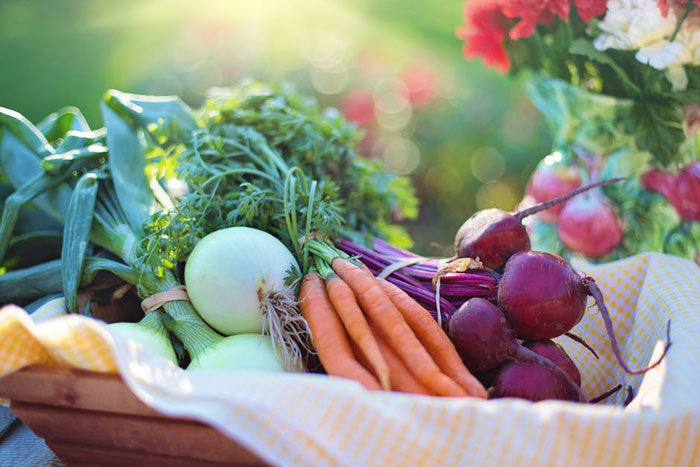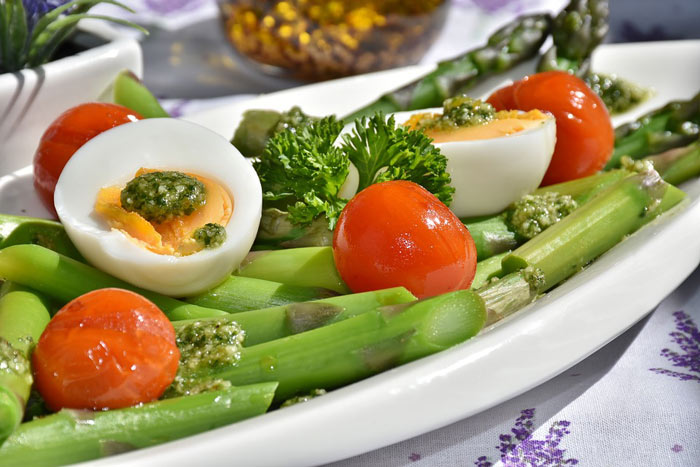Vegetables – hot, tasty, healthy, filling the house with an unforgettable aroma – should be a significant part of our diet. The easiest and least tiring way to cook them is baking in the oven. You can bake them on a baking sheet, wrapped in foil, in a baking sleeve, or even buried under a hill of plain table salt.

We are going to tell you about the baking mistakes you can make, ruining vegetables in the oven. There are quite a few options. The main thing is that eventually, we get a delicious product, which also retains more valuable properties than after boiling. Besides, it does not require much oil, unlike frying.
Wrong cutting
Due to careless slicing of vegetables, small pieces can be cooked more quickly and will begin to dry out, while larger ones are still raw. As a result, the dish will be spoiled. Therefore, you need to cut the vegetables into approximately the same pieces.
Mix of vegetables
Potatoes and carrots bake for a long time, while eggplants bake much faster, and tomatoes are generally lightning fast. Therefore, if you put different types of vegetables together on a baking sheet, tomatoes or zucchini will turn into mashed potatoes, and beets or carrots will start to bake. It is better to put vegetables in the oven gradually: potatoes will go first; when they are already half-cooked, zucchini can follow, and at the very end when almost everything is ready, you can put slices of tomatoes for 5 minutes.
Lack of space on the counter
Putting vegetables in a thick layer onto a baking dish is a sure way to make them release juice and become almost boiled rather than baked. Therefore, it is best to use a large baking dish. It is good to use a baking sheet with a large usable area. It can also be lined with either baking paper or foil.
Arrange the vegetables so that there is little space between them. Do not lay them out in several layers, and you will get a delicious crust.

Low temperature
It is often said that vegetables should be cooked at a low temperature and meat – at a high temperature. In fact, you need to do the opposite. The right way is to simmer the meat in the oven at a low temperature. The protein will not get clotted rapidly, and the meat will turn out to be more tender and juicier.
To get a crust on top, one should increase the temperature for the last 5-7 minutes of cooking. Vegetables that have been baking at a low temperature for a long time will lose their shape and a lot of useful qualities. Thus, vegetables need to be baked at a standard temperature of 180-200 degrees Celsius.
Incorrect use of foil
Foil has two sides: one is matte, and the other one is glossy. The second side reflects heat better, so the product cooks faster and better and bakes well on all sides when wrapped in foil. Therefore, it is advisable to pay attention to wrapping vegetables in foil, and always place them with the matte side up.
Too little oil
It takes much less oil to bake than to fry. Nevertheless, oil cannot be neglected since fat conducts taste. It is difficult to get a delicious golden crust on vegetables without oil. Therefore, you need to sprinkle the vegetables with oil. You can also get a silicone brush or a spray bottle to use oil rationally.
In addition, some vegetables, such as eggplant and zucchini, need a little more oil because they absorb it well.

Vegetables are not turned in on time
When a cake or a cupcake is baked, it is often recommended not to open the oven door until the end of baking for the product to remain intact. The reason is that dough reacts very badly to temperature changes.
Vegetables are a different story: they need to be turned to bake on all sides, otherwise, you will only have the top baked, and the part that lies on the baking sheet will be soft and boiled.
Not using timer
Be sure to set a timer when baking something in the oven. Because vegetables and other products can easily dry out in the oven, lose their taste, and juiciness. Eating them will be unpleasant. Root vegetables cut into slices are baked in about 35-40 minutes; zucchini, eggplant, and peppers are ready in 20 minutes. Tomatoes and onions are done even after 10 minutes.










